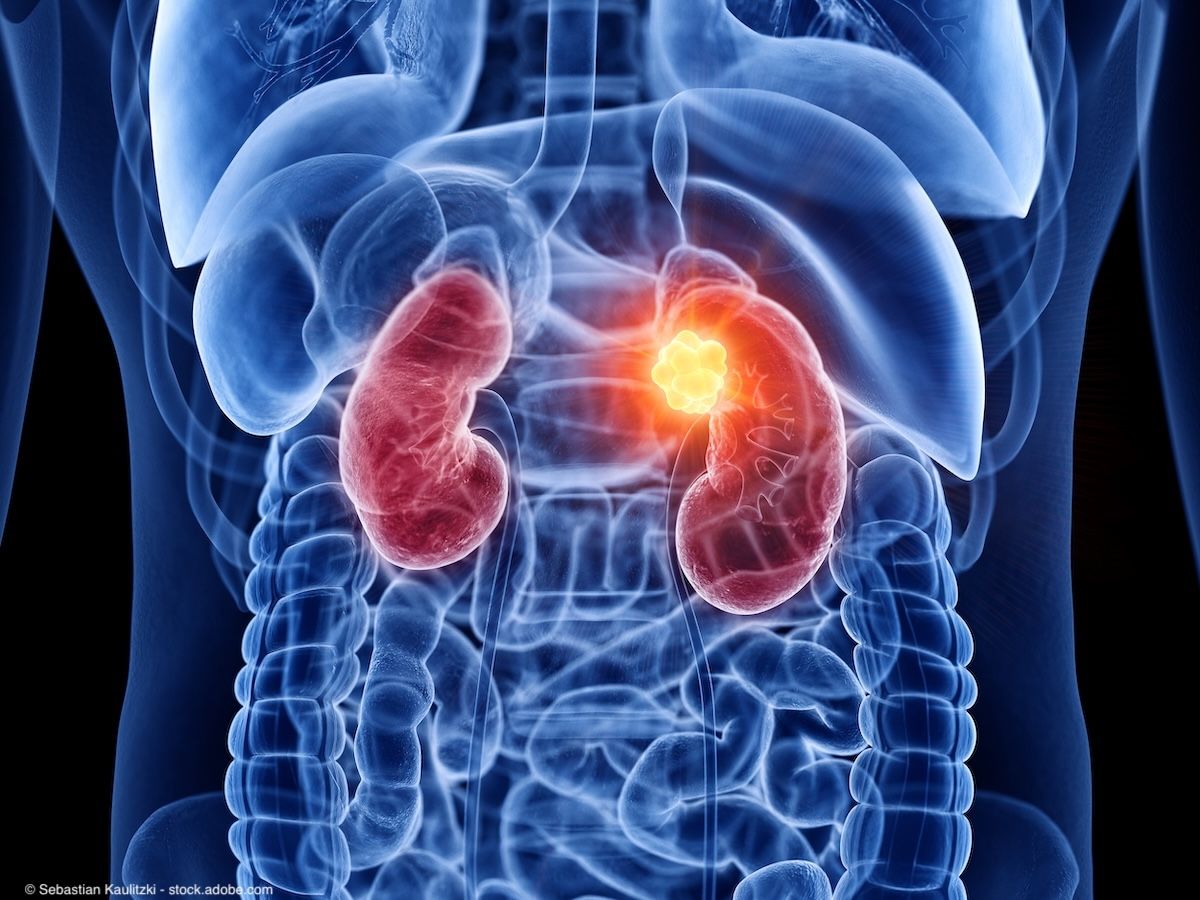News
Article
Certain genetic predispositions may dictate Wilms tumor development
Author(s):
Key Takeaways
- Wilms tumor growth patterns differ based on the specific predisposition gene variant and its developmental timing.
- Around 30% of children with Wilms tumor have a mutation in a predisposition gene, affecting tumor characteristics.
"What we show in our research is that cancers develop in different ways, depending on what the underlying genetic change is," says Taryn Treger.
Recent data published in the journal Cancer Discovery suggest that Wilms tumor growth patterns differ among children who harbor a predisposition gene depending on the variant gene affected and its developmental timing.1
DNA changes in the genes WT1 and TRIM28 led to additional driver mutations in certain pathways.

According to the authors, around 30% of children with Wilms tumor harbor a mutation in a predisposition gene. Given that certain predispositions are associated with histological and clinical features of tumors, the investigators sought to assess the association between these mutations and tumor formation.
“Certain genetic changes that children are born with can predispose to Wilms tumor,” explained co-lead author Taryn Treger, of the Wellcome Sanger Institute, in a news release on the findings.2 “What we show in our research is that cancers develop in different ways, depending on what the underlying genetic change is. This means that in some predispositions we can exactly predict what additional genetic changes lead to cancer development, paving the path to identify treatments that interfere with cancer formation in the first place.”
For the study, the investigators assess 237 neoplasms (including 2 secondary leukemias) across 137 children with Wilms tumor. Of those, 71 patients had a pathogenic germline or mosaic variant. Neoplasms were analyzed using whole-genome sequencing, RNA sequencing, and genome-wide methylation.
Data showed that tumor formation varied among those with a predisposition gene depending on which variant gene was affected and when it was activated during development, also known as developmental timing.
Further, results showed that different genetic variants were associated with certain DNA changes that lead to tumor formation, or driver events. Some driver mutations were shown to increase patients’ risk of developing both Wilms tumor and a secondary cancer. Specifically, the investigators found that DNA changes in the genes WT1 and TRIM28 led to additional driver mutations in certain pathways.
Genetic predispositions were also found to impact the clonal architecture of normal kidneys, which “could help explain why some children develop non-cancerous kidney growths before cancerous tumors,” the news release noted.
According to the authors, these findings indicate potential avenues for tailored treatment.
“Our research illustrates the power of collaborative genomic research to answer important clinical questions,” said co-senior author Sam Behjati, MA, BMBCh (Oxon), PhD, MRCPCH, of the Wellcome Sanger Institute and Cambridge University Hospitals NHS Foundation Trust, in the news release.2 “At the moment, we treat all children with a predisposition the same, meaning that some children get too much and others too little treatment. Our findings indicate that we may be able to personalize treatment on the basis of genetic information. Moreover, since we now know the precise sequence of genetic changes that lead from predisposition to cancer, we may be able to screen for tumors more effectively and even begin to entertain the possibility of prevention.”
References
1. Treger TD, Wegert J, Wenger A, et al. Predisposition Footprints in the Somatic Genome of Wilms Tumors. Cancer Discov. 2024:10.1158/2159-8290.CD-24-0878. doi:10.1158/2159-8290.CD-24-0878
2. Predicting how childhood kidney cancers develop. News release. Wellcome Trust Sanger Institute. January 23, 2025. Accessed January 31, 2025. https://www.eurekalert.org/news-releases/1071014
Newsletter
Stay current with the latest urology news and practice-changing insights — sign up now for the essential updates every urologist needs.
















